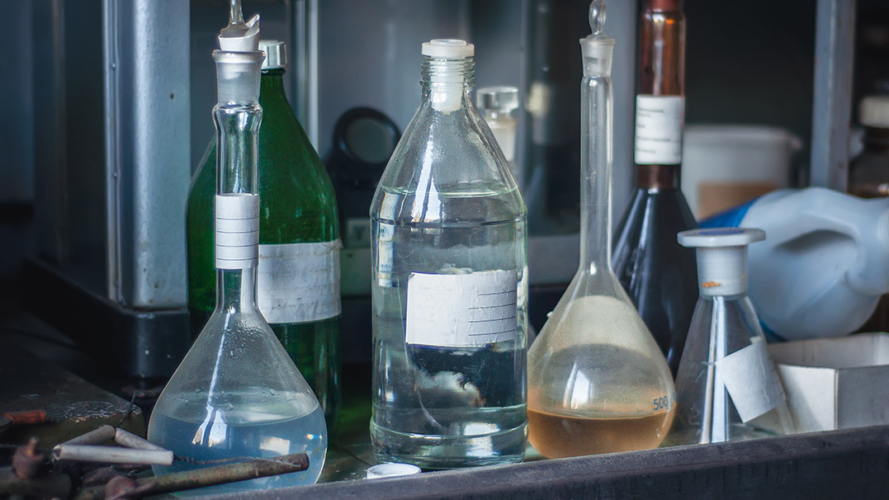
Wastewater BOD Testing – Is it Time for a Change?
April 26, 2019
The English water authorities more than 120 years ago realised that there are thousands of different organic molecules to test for. If such testing had been possible at that time, testing for each one would have been prohibitively expensive and time consuming.
In response, they devised the 5-day BOD test (BOD = biochemical oxygen demand). This test became a global standard as an indirect method to test the quantity of organic matter in water, and in fact it is still used today by many water authorities and governments worldwide.
The BOD test measures the quantity of dissolved oxygen needed by microorganisms to degrade organic compounds. The result is given as mg/L dissolved oxygen. The higher the organic load or strength of the water, the higher the quantity of dissolved oxygen required by the bacteria hence the higher the BOD result.

The 5-day BOD was a good test for the 19th century, especially as it was relatively low cost and simple to perform. Over time, the acronym BOD almost became a standard word to describe organic contamination in water. For example, a water with a high BOD result was considered highly contaminated with organic matter; conversely a low BOD water was considered to be low in organic material. Unfortunately, this converse sentence may be quite incorrect, as a low BOD water may still be highly loaded with organics.
Of all the contaminants we test for, BOD is the least targeting and the least reproducible. A BOD result can be generated by thousands of different types of organic molecules, not just one or two different kinds. Hence the test gives us almost clues as to what actual organic molecule is in the water. Give the same sample to two laboratories and the chances of the results coming back the same are almost nil. Hence the results at best are only indicative of high, low or medium strength, and even this may be incorrect.
Apart from temperature and time being critical factors in the BOD test, the test is greatly affected by contaminant type and contaminant particle size, by the quality of the bacterial seed and by the matrix of the water sample – if for instance the water contains any slightly toxic compounds then the final BOD result will be artificially low. Conversely, samples with a high organic nitrogen component may give an artificially high BOD result.
As our understanding of water chemistry and biology increased since the inception of the 5-day BOD test, the inherently insurmountable shortcomings of this test are becoming more realised.
So what can we do to overcome or even replace the 5-day BOD test? The simple answer is a COD test (COD = chemical oxygen demand). While this test also has some shortcomings, and a handful of recalcitrant organic compounds (particularly those found in the petrochemical and coal industries) may not register properly during the test, it does accurately and reproducibly measure more than 95% of the oxidisable organic material found in almost any domestic or industrial waste stream.
The reliability and reproducibility of this low cost and a 2 hour turn around test is why COD is making an ever increasing mark on today’s modern wastewater analytical world.
Up Next
Hydroflux Group Newsletter – May 2019
World Water Day, March 22nd
Categories
- Tradeshows
- Climate
- Community Engagement
- Corporate Announcements
- Group News
- Newsletters
- Product News
- Project Announcement


